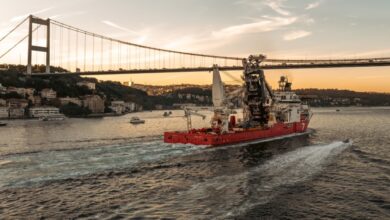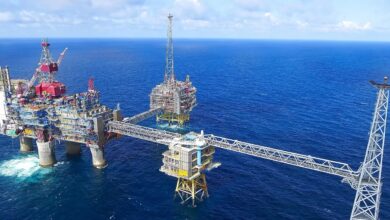Young professional perspective: How industry can better engage next-gen workers
Attracting and retaining new talent is one of the industry’s biggest ongoing challenges. Companies, which are fighting both a negative perception of oil and gas as well as competition for labor from other industries, will have to find the right messaging to appeal to the next generation of workers, said Amy Connelly, Wellsite Drilling Engineer at Shell. In this interview from the 2023 IADC World Drilling Conference in London, Ms Connelly describes her experience as a petroleum engineer starting out in the industry. She also speaks about the steps companies should take to appeal to young workers, as well as the importance of mentorship in helping them adapt to the world of oil and gas.




